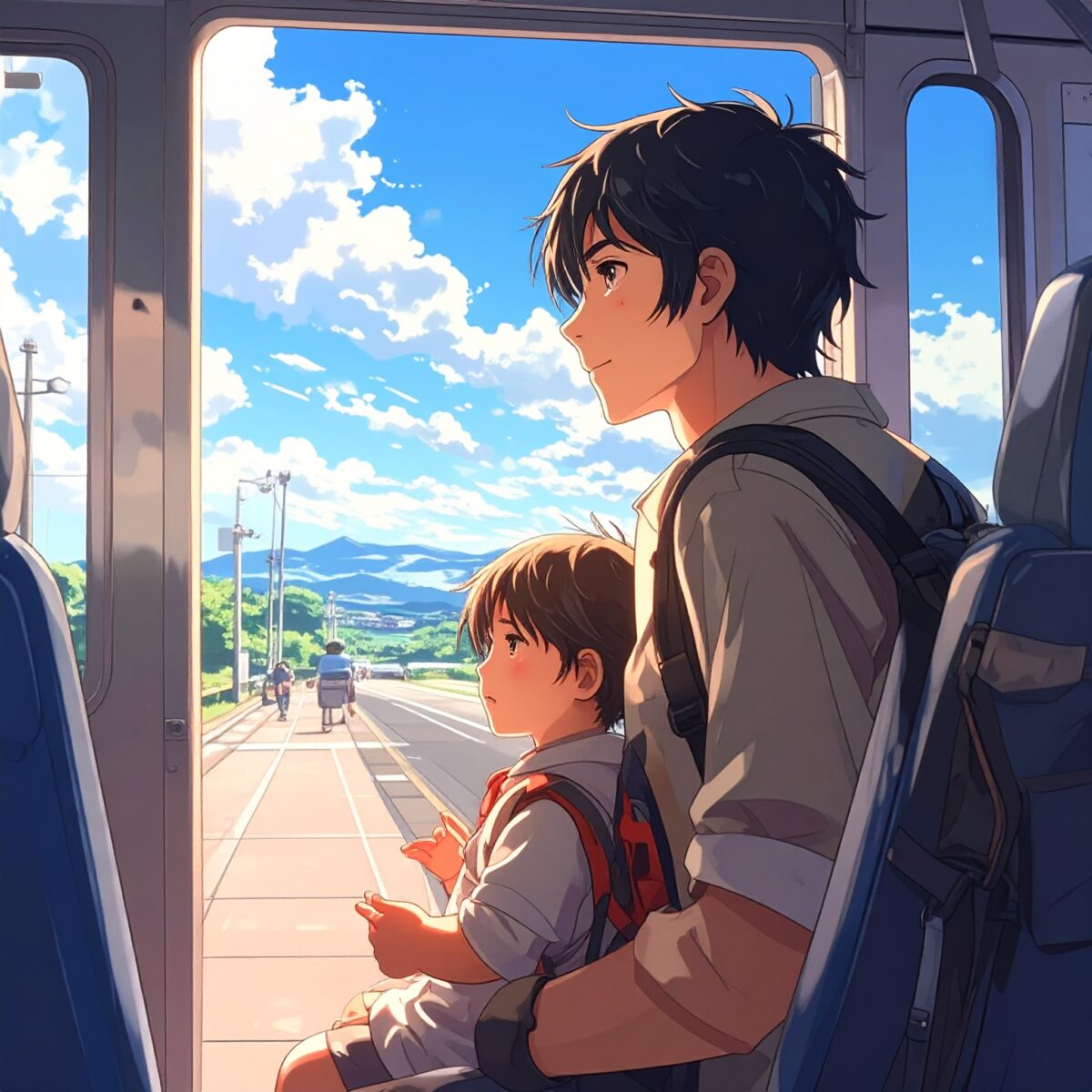Many families hesitate to travel—not because they lack the desire, but because they worry about traveling with young children or elderly members with limited mobility. That’s where barrier-free accommodations come in. Designed with thoughtful features such as step-free layouts, handrails, and accessible meal options, these inns and hotels are built on the belief that everyone, regardless of age or ability, deserves to enjoy a comfortable and carefree journey. For families traveling with children or across three generations, these inclusive lodgings offer peace of mind and the promise of shared smiles.
A barrier-free inn refers to accommodations that are easy to use for people of all physical conditions and life stages—whether using a wheelchair, traveling with a baby, or during pregnancy. While they may look like any other traditional ryokan or hotel, these facilities are designed with subtle care that makes a world of difference. The true beauty lies in how naturally and effortlessly guests can enjoy their stay.
For example, the entire building is designed without steps, with spacious hallways and elevators that comfortably accommodate strollers and wheelchairs. Guest rooms, restrooms, and bathrooms are fitted with handrails to reduce the risk of falls. Even in Japanese-style rooms, beds can be arranged instead of futons, or futons can be pre-laid upon arrival—tailored to the preferences of each guest.
When traveling with children, physical accessibility is only part of the comfort. These accommodations also offer emotional ease. Rooms are often arranged to reduce concern about noise or crying. Staff respond flexibly to children who may move around during meals. Amenities such as baby bathtubs or toddler toilet seats are available, allowing parents to truly relax and enjoy the trip.
Traveling with elderly family members often brings concerns about stairs, long walks, or bathing facilities. At barrier-free inns, these worries are gently addressed. Bathrooms are equipped with non-slip flooring and chairs that are easy to sit in. Attentive staff are on hand to assist when needed. Some inns even offer private or family baths designed with full accessibility in mind, so everyone can share a relaxing soak together.

Thoughtfully prepared meals are a highlight of these accommodations. With child-friendly menus, allergy-conscious options, soft foods for the elderly, and warming services for baby food, they cater to guests of all ages. This allows families to gather around the same table, enjoying meals together. While using fresh, local seasonal ingredients, the focus remains on ease of eating—bringing both delight and a sense of comfort to the dining experience.
As more international travelers visit Japan, many facilities are adapting with multilingual support and an awareness of cultural differences. These accommodations are redefining accessibility—not as something exclusive to the elderly, but as a universal design that welcomes everyone. They return to the essence of hospitality: creating spaces where all guests feel truly cared for.
Worrying about “what if something happens” can prevent a person from fully relaxing on their journey. That’s why lodgings with a safe, welcoming environment and attentive staff become cherished places that gently support the memories of a family trip.
Barrier-free accommodations in Japan are not just “for someone”—they are “for everyone.” Here, people share the same views, soak in the same baths, and enjoy the same meals, regardless of age or ability. The effort to make this simple joy accessible to all reflects the deep-rooted spirit of Japanese hospitality, enriching travel with both peace of mind and warmth.




